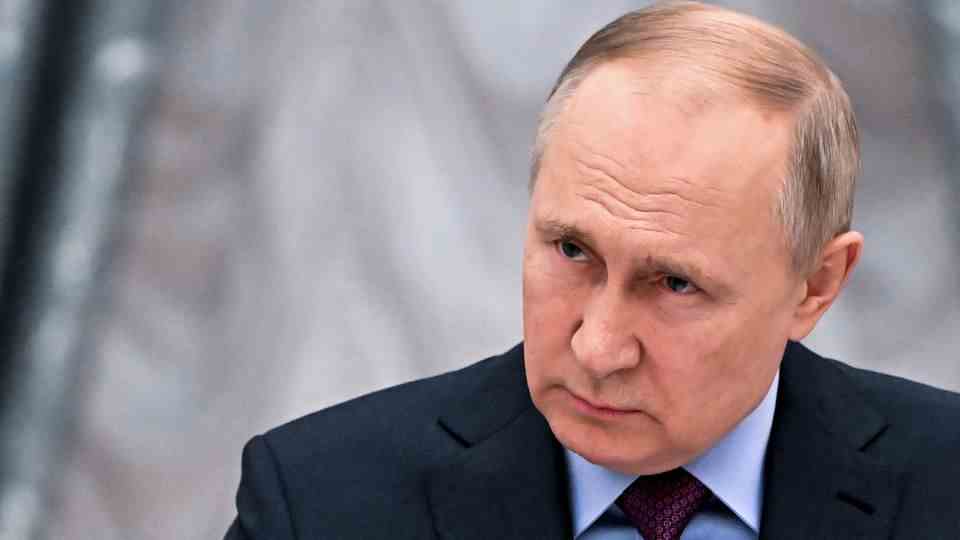war in Ukraine
Last bastion of the Ukrainian resistance: the story behind Europe’s largest steel mill
View of the Azovstal plant in the port city of Mariupol, where Ukrainian fighters and civilians are still holed up
© Victor/Xinhua/DPA
In Mariupol, Ukrainian soldiers only hold the Azov-Stahl steelworks – and also offer protection to civilians. The factory has been around for almost 90 years. It is not only important militarily.
The extensive Azov steel works in the devastated Ukrainian port of Mariupol is the last stronghold of the Ukrainian troops. Russian President Vladimir Putin instructed his army on Thursday to continue to besiege the plant – so tightly that “not a fly can get out”.
According to Ukrainian President Volodymyr Zelensky, “around a thousand civilians, women and children” and hundreds of injured people are waiting in the industrial complex. The Ukrainian troops entrenched there refuse to surrender. However, they warned that supplies were running low and called for international assistance to enable the civilians to be evacuated.
Plant in Mariupol built in 1930
The origins of the gigantic industrial complex on the shore of the Azov Sea date back to the 1930s, when the Soviet authorities ordered the construction of an iron works in the port city of Mariupol. Production began in 1933 but was halted shortly after Nazi Germany’s attack on Russia in World War II in 1941.
In 1943, the retreating German troops destroyed important facilities. After Soviet troops regained control, the plant was up and running again within a few years.
Steel mill controlled by the richest man in Ukraine
In 2006, the complex was taken over by the Metinvest Group, controlled by the richest man in Ukraine, Rinat Akhmetov.
For years, Akhmetov was considered pro-Russia and was the most important major donor to the party of former pro-Russian Ukrainian President Viktor Yanukovych, who was ousted in 2014 after a pro-European revolution. He then sided with the government in Kyiv. Last month he accused Russian forces of war crimes and “crimes against humanity” in Ukraine.
One of the largest steel works in Europe
By the start of the Russian war of aggression, the plant was able to produce 5.7 million tons of iron and 6.2 million tons of steel per year, according to Metinvest. This makes it one of the largest steelworks in Europe. The huge factory provided work for thousands of people and dominates the cityscape of Mariupol.

The approximately eleven square kilometer area consists of a tangle of railroad tracks, warehouses, coal ovens, factories, chimneys and tunnels, which is considered ideal for a guerrilla fight.
“It’s a city within a city,” said recently Eduard Basurin, representative of the pro-Russian separatists in the Donetsk region. “There are several Soviet-era underground levels that you can’t bomb from above. You have to go down to clear them, and it will take time.”
Putin considers storming impossible
Putin said on Thursday that storming the plant was “impossible”. “There is no need to climb into these catacombs and crawl underground through these industrial plants.”
Instead, Russian planes bombed the complex to break the resistance of the Ukrainian troops holed up there. Drone footage released by the Russian state news agency Ria Novosti on Sunday showed widespread destruction by the occupying forces. You could see a battlefield with completely destroyed buildings, from which smoke was still rising in places.


